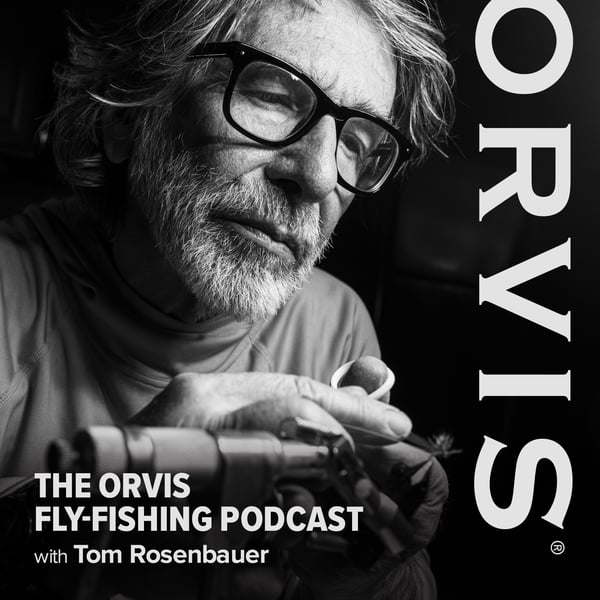Video: The Parachute and Pile Casts
The Orvis Fly-Fishing Podcast
James Hathaway
4.8 • 1.9K Ratings
🗓️ 25 November 2011
⏱️ 2 minutes
🧾️ Download transcript
Summary
Welcome to another installment of "Ask an Orvis Fly-Fishing Instructor," with Peter Kutzer. In this episode, Peter explains the differences between the parachute cast and the pile cast, both of which are slack-line casts that can be useful when you're fishing across conflicting currents or to a fish downstream. To make a parachute cast, you stop the rod high and keep the tip up while the fly and front of the line land on the water. This gives you a belly of line between the rod tip and the water. As your fly drifts downstream, you lower the rod tip, feeding line into the drift and maintaining contact with the fly. To make a pile cast, you shoot the line high again, but this time, you drop the rod tip to the water's surface in front of the fly, dragging the line downward. This causes the line to land in a pile, so the fly can dead-drift freely.
Transcript
Click on a timestamp to play from that location
| 0:00.0 | You're going to talk about the |
| 0:19.8 | parachute cast and the pile cast. These are two different casts very often confused from one another and they're very very useful when we're fishing to say a fish rising downstream or if we have to make a cast across stream. |
| 0:32.0 | When you're making the parachute cast, well you want to or if we have to make a cast across stream. |
| 0:32.6 | When you're making the parachute cast, |
| 0:34.6 | what you want to do is stop that rod tip nice and high. |
| 0:37.1 | Allow that fly to float down to the water gently, |
| 0:40.0 | then you can begin to lower that rod. |
| 0:42.0 | This is a great cast when you have a fish rising downstream. |
| 0:45.0 | We just simply stop it high, let her fly float down, |
| 0:48.0 | then we lower a rod tip down at the speed of the current. |
| 0:51.0 | That's going to allow that fly to drift down naturally. |
| 0:53.7 | If you want you can even flip out a little bit of line to extend that drift. |
| 0:58.6 | The pile cast, we're going to stop a raw tip high at a high angle sending that loop uphill and then pull it back down. |
| 1:06.4 | That's going to allow that line to come back in a nice pile and then we can get that nice drag-free drift. |
| 1:11.3 | This is a great cast from working downstream or sometimes a cross-stream. |
| 1:15.1 | We can send it up, pull it down, we're going to make sure we get that nice drift even if we have |
| 1:19.4 | different currents as we try to make that cast across the river. |
| 1:24.0 | From this angle we'll be able to demonstrate that pile cast and that parachute cast very well. |
| 1:29.0 | With a parachute cast, we stop this rod tip high, allow that line to float down, then we can lower that |
| 1:35.2 | rod down at the speed of the current. That's going to keep a nice relatively |
| 1:38.7 | taught line to that fly, so if that fish takes right away we can set that hook very easily. |
| 1:44.0 | With that pile cast, we send that line uphill, then pull the line down. |
... |
Please login to see the full transcript.
Disclaimer: The podcast and artwork embedded on this page are from James Hathaway, and are the property of its owner and not affiliated with or endorsed by Tapesearch.
Generated transcripts are the property of James Hathaway and are distributed freely under the Fair Use doctrine. Transcripts generated by Tapesearch are not guaranteed to be accurate.
Copyright © Tapesearch 2025.

